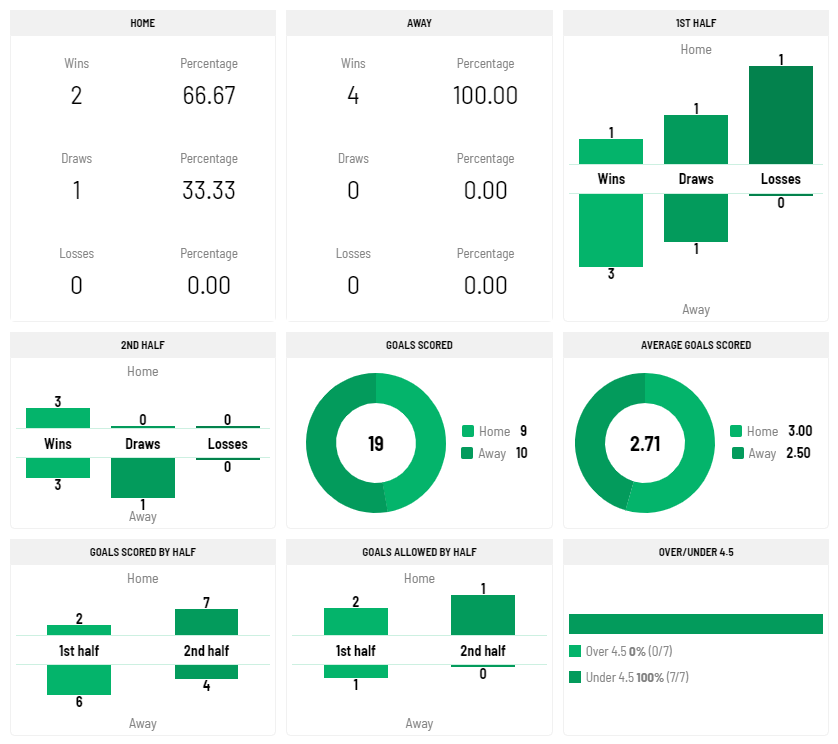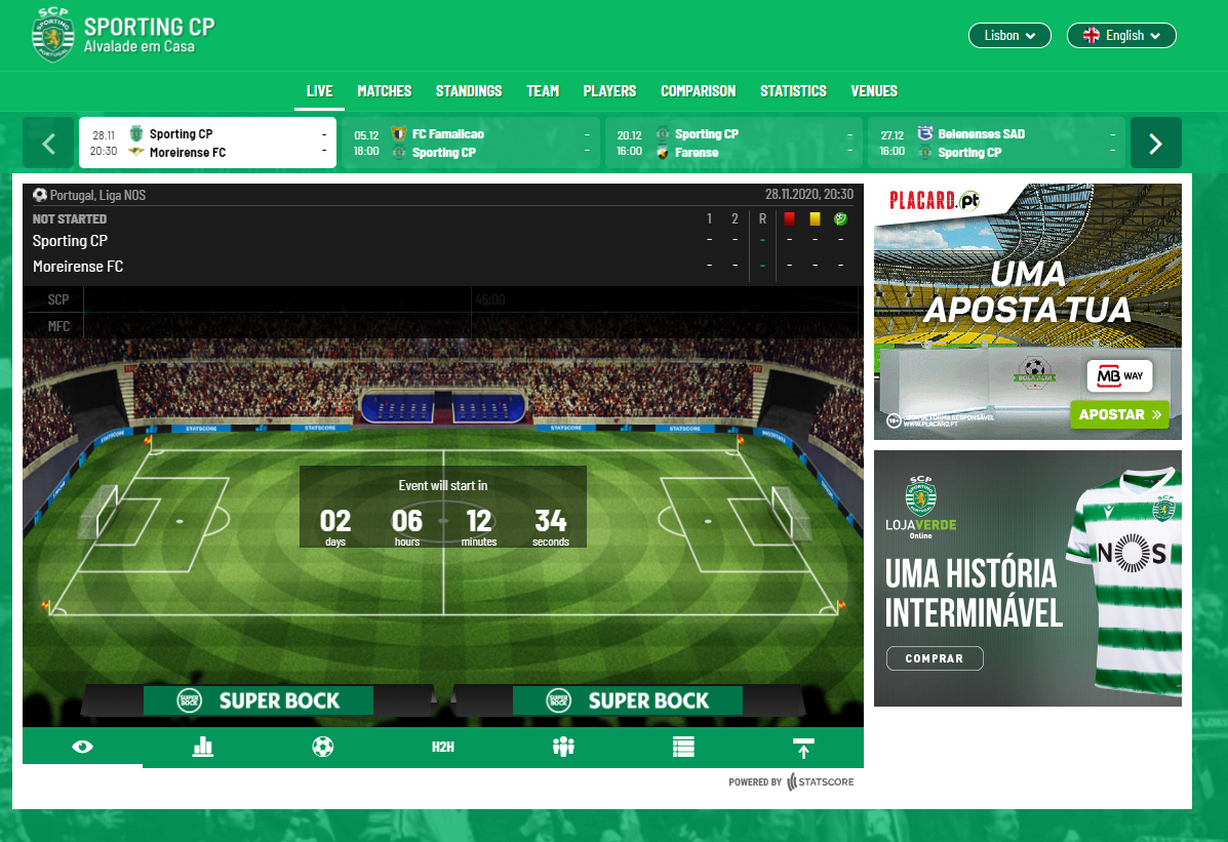Expected goals, GPS transmitters, coefficients, charts, heatmaps – all of them have become permanent features of football dictionary of hardcore sports data enthusiasts. But does it match the way of thinking about data in well-organized football clubs? Let’s find out with STATSCORE!
Why do football clubs need sports data?
“- Coach, our forward A has a lower xG than our second player B for this position!
– Lower? Let B play then!”
We will never experience such a dialogue at a meeting of training staff members, just as no one will compare the ratio of shots on target. Coaches rely much more on observing the player during training than on mathematical graphs.
Data analysis and the way it is presented to players can be considered as a separate specialization in the coach’s workshop. It’s easy to make mistakes when you focus solely on the data while ignoring other key aspects such as player’s attitude, his disposition on a given day, or his relationship with other players in the team.
What’s more, nowadays, the development of sports data analysis is so dynamic that a single game can be analyzed almost without an end. It is not just the expected goals model anymore. Now you can analyze every single move, every single play and every single connection between them. The modern tools and whole environments of applications allow us to lose ourselves in the ocean of data.

The trick is to be able to maintain a balance between data overload and the quality of information.
There are, of course, many different ways of working with data. Some of them are supported by medical research like long-term monitoring of players in terms of their body reactions to fatigue, risk of injury or the heart rate measurements. This type of data is used to continuously track overall health, in single preparation cycles, or in performance analysis. Of course, that data involves separate factors which are a part of the whole analysis and training process.

GPS transmitters that measure athletes’ performances are yet another type of sports data. And this branch of sports technology is developing very quickly, either. A few years ago, it started to be used on the training grounds, to now become an inseparable element of the equipment of every top athlete during a match or other competitions.
The modern GPS tools for athletes include a very wide range of features which allow them to collect data about speed, distance, specific improvements and other performance indicators – and to show it through graphs, heatmaps, zones, and comparisons. This surely makes it easier for the coaching staff to manage a team, prepare and analyze training or make key decisions before the games. During the match, having a GPS tracker in place enables data collection in regard to each and every move and incident involving specific players with reliable indicators related to distance or speed.

In the last few years, drones have become publicly available tools, and sometimes even toys. They are used in many industries, including sports. The use of drones in football, on training fields, allows coaches to optimize training in terms of positioning, formation, tactics and allows them to improve the movement of the entire team on the field in different phases of the game.

Recently, in the process of training younger players, transmitters in footballers’ shoes have also been used, allowing analysts to check technical indicators like the number of contacts with the ball made by a player.
But how to properly apply the data to actually benefit from it within a 90-minute match?
At this point, we’ll leave you with this question. There is no clear answer to it. We’ve only shown you some of the possibilities.
Sign up for our weekly newsletter and stay updated!
Providing fans with top sports data experience
Observing the growing interest with the data from the audience, the clubs have also started to use it in their communication with the fans. And fans have become more and more inquisitive. They want to know everything about their favourite clubs and biggest rivals!
Match statistics have become a staple of any official club website. Today, even moderately interested club fan checks the history of recent performances, head-to-head comparisons, several types of tables and individual player statistics out of sheer curiosity. The most engaged fans want to know much more. In fact, they are even able to look into the private lives of the athletes, thanks to social media. After all, it is not surprising that they want to know everything about the way their favourite players and teams perform.
There are a lot of ways to have tools with sports stats but we can admit that TeamCenter widget, developed by STATSCORE, works great in this context and is successfully used by many teams across Europe.
Check out how sports data works for Sporting CP!
Why are top clubs, such as Sporting CP, using this solution? The list of reasons goes on and on: accurate match data, real-time statistics, detailed pre-game info, standings and H2H comparisons, in-depth information on key match events…

In fact, it provides a team’s fans and followers will all they need – and delivers it all in one place. That’s one of the ways in which a sports team can successfully attract fans and keep them engaged.
When considering the role of sports data in the everyday operation of a football club, the purpose of this type of organization should be kept in mind. Clubs exist to win and generate profits. If the data can be helpful in building the marketing value of the club, training and protecting the health of players or discovering weaknesses in the opponent team, it will be used. Otherwise, it becomes a very time-consuming and expensive toy.
Find out more!
Learn more about how STATSCORE supports sports organisations. Drop us a message at cst@statscore.com.
Sign up for our weekly BETTING INDUSTRY REVIEW to stay updated with the latest trends and key developments in the world of sports data and betting. You can do it by filling the form below.






